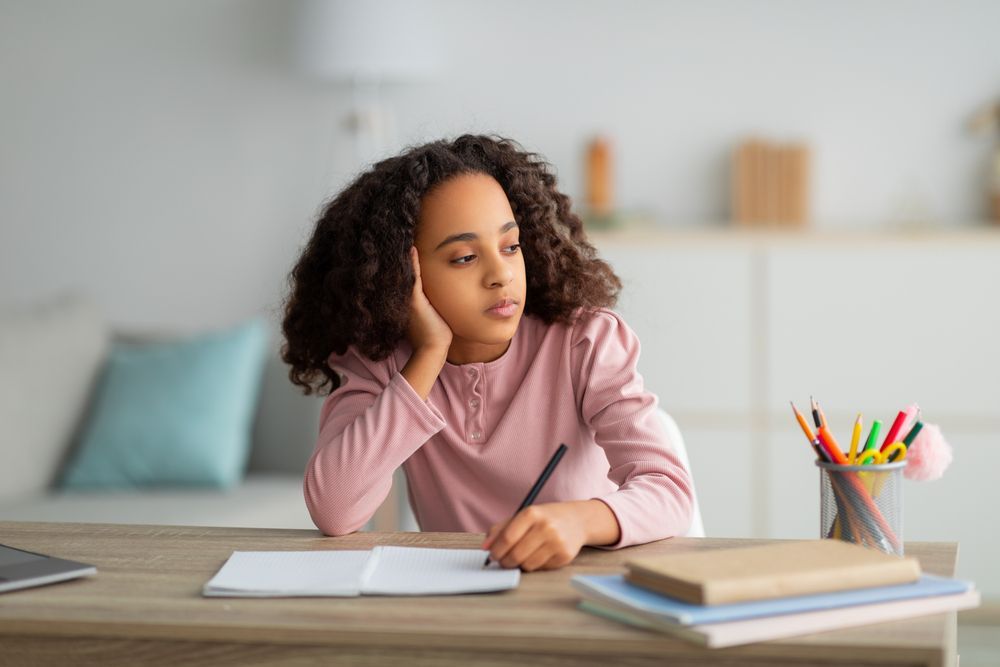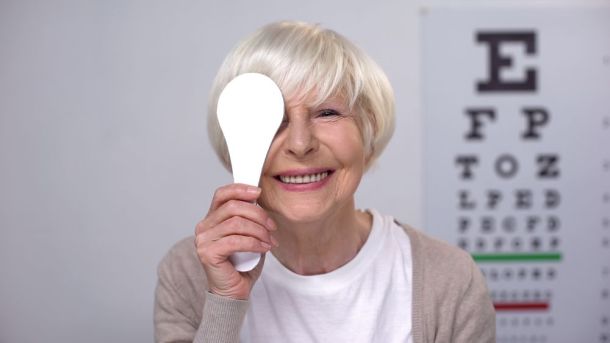5 TIPS FOR MANAGING MYOPIA IN
CHILDREN
Myopia, also known as nearsightedness, is a common condition that affects almost half of the
population. It happens when the cornea is too curved or the eye is long, making distant objects appear
blurry. Typically, surgery, contact lenses, or eyeglasses can help treat nearsightedness. However, this
condition also raises the possibility of glaucoma, cataracts, and retinal detachment.
Myopia among children is becoming more common, according to recent studies. Research indicates
that kids who spend more time indoors engaged in near-focused activities are more likely to develop
myopia than kids who spend lots of time outdoors. These include activities like using computers,
playing video games, or reading. However, the exact cause is still unknown.
Doctors are actively looking for ways to stop children's myopia from progressing. Treatment aims to
prevent it from worsening. That can protect children's ocular health in the long run and lessen the need
for stronger glasses or contact lenses.
HOW TO MANAGE MYOPIA IN KIDS
Myopia in kids is manageable with a combination of interventions. These include the following:
Encourage Outdoor Activities
Exposure to natural light while outdoors can halt the progression of myopia. Studies show that kids who
spend more time outside are less likely to become nearsighted. That is because exposure to natural
light helps control dopamine release, which regulates eye growth. More time outdoors exposes kids'
eyes to more natural light, slowing down eye growth and lowering the risk of myopia.
Vision Therapy
Vision therapy, or orthoptics, is a nonsurgical method of treating nearsightedness in children. It entails
exercises and strategies to enhance vision and eye coordination. Eye-hand coordination, visual acuity,
and focus can all improve with vision therapy. Additionally, it helps reduce the chance of acquiring
additional eye issues like amblyopia, strabismus, and double vision.
Using Special Computer Glasses
Kids who spend much time in front of digital screens on their devices should wear them. These glasses
can help lessen glare, eyestrain, and myopia risk. They do so by reducing glare and filtering out blue
light.
Encourage Them to Wear Safety Goggles
Kids who are more susceptible to myopia should put safety goggles on. That can include wearing
polarized sunglasses or special glasses designed to reduce UV and glare.
Myopia progression may slow down with the aid of these glasses by lowering the amount of harmful
light that reaches the eye. They can also help reduce the risk of developing other eye conditions like
cataracts and age-related macular degeneration.
Regular Pediatric Eye Exams
Children with myopia should have regular eye exams since early diagnosis and treatment can halt its
progression. Kids should have annual eye exams or more frequently if they are more likely to develop
this vision condition. The pediatric eye doctor will examine your child's eyes for any symptoms of
myopia and other eye issues. They will then recommend the best course of treatment.
BOTTOM LINE
Nearsightedness in children is controllable with a combination of behavioral modifications, vision
therapy, and eyewear. It would be best if you collaborated closely with your pediatric eye doctor to give
little ones with myopia the best care possible.

For more on myopia in kids, visit Eye Health Consultants at our office in Spring, Texas. Call (281) 419-3355 to schedule an appointment today.








